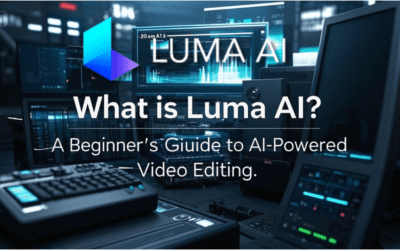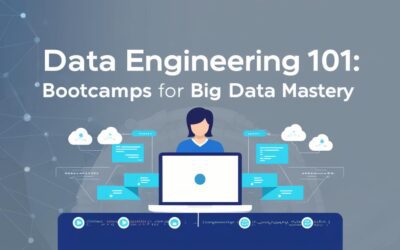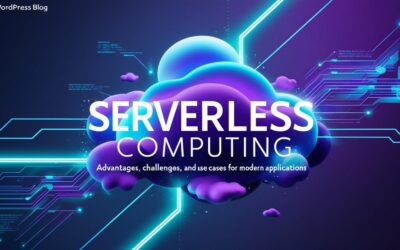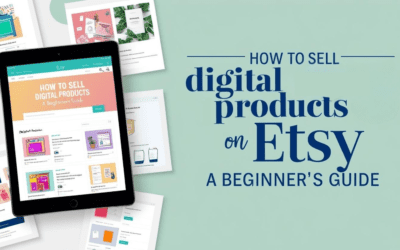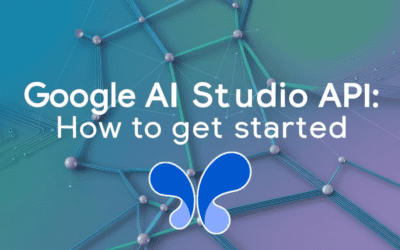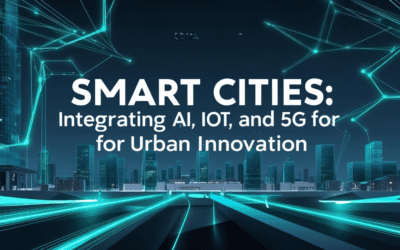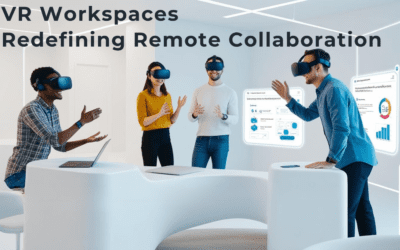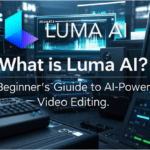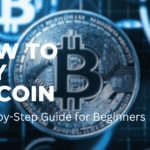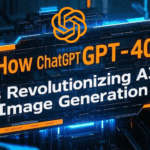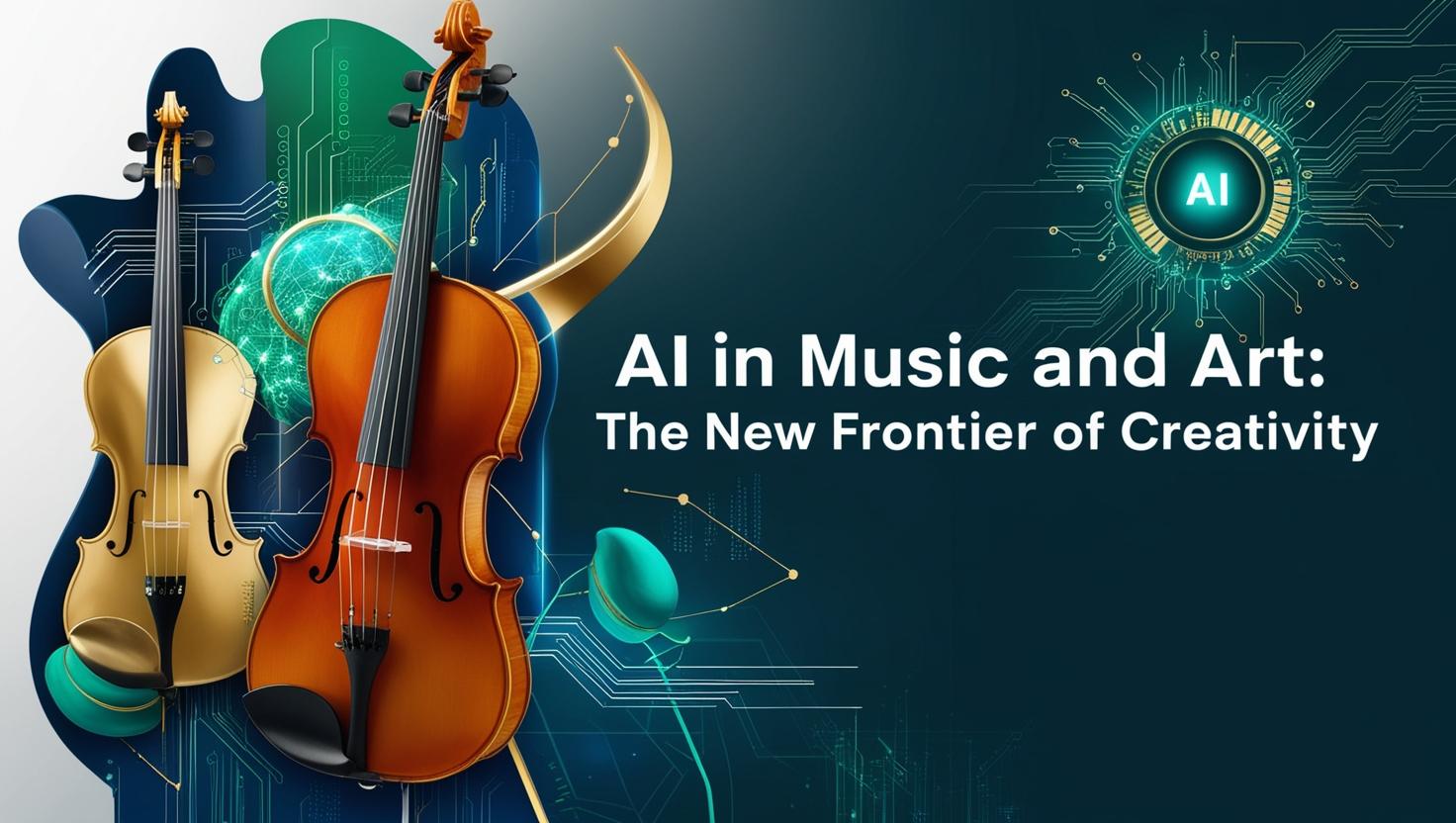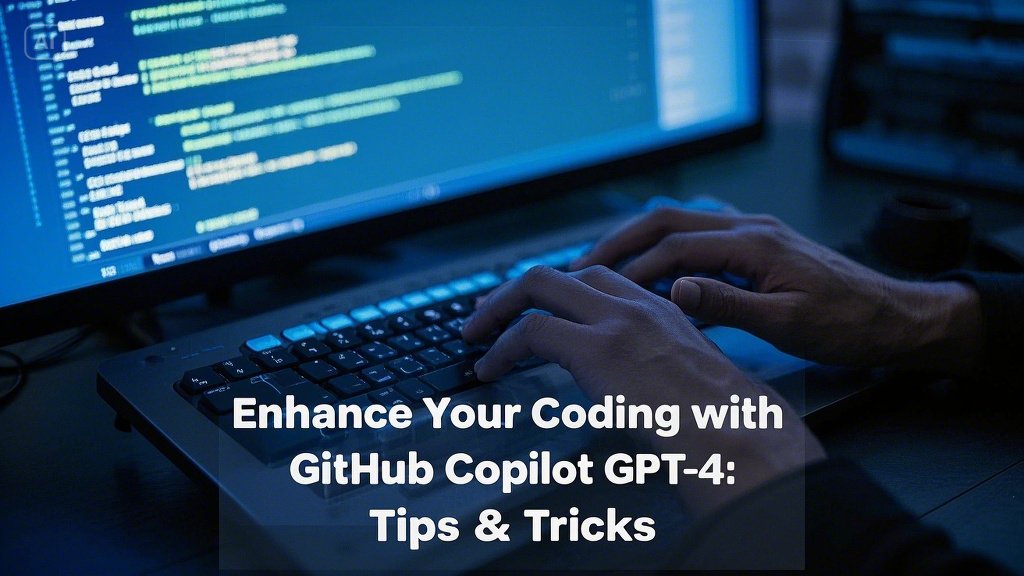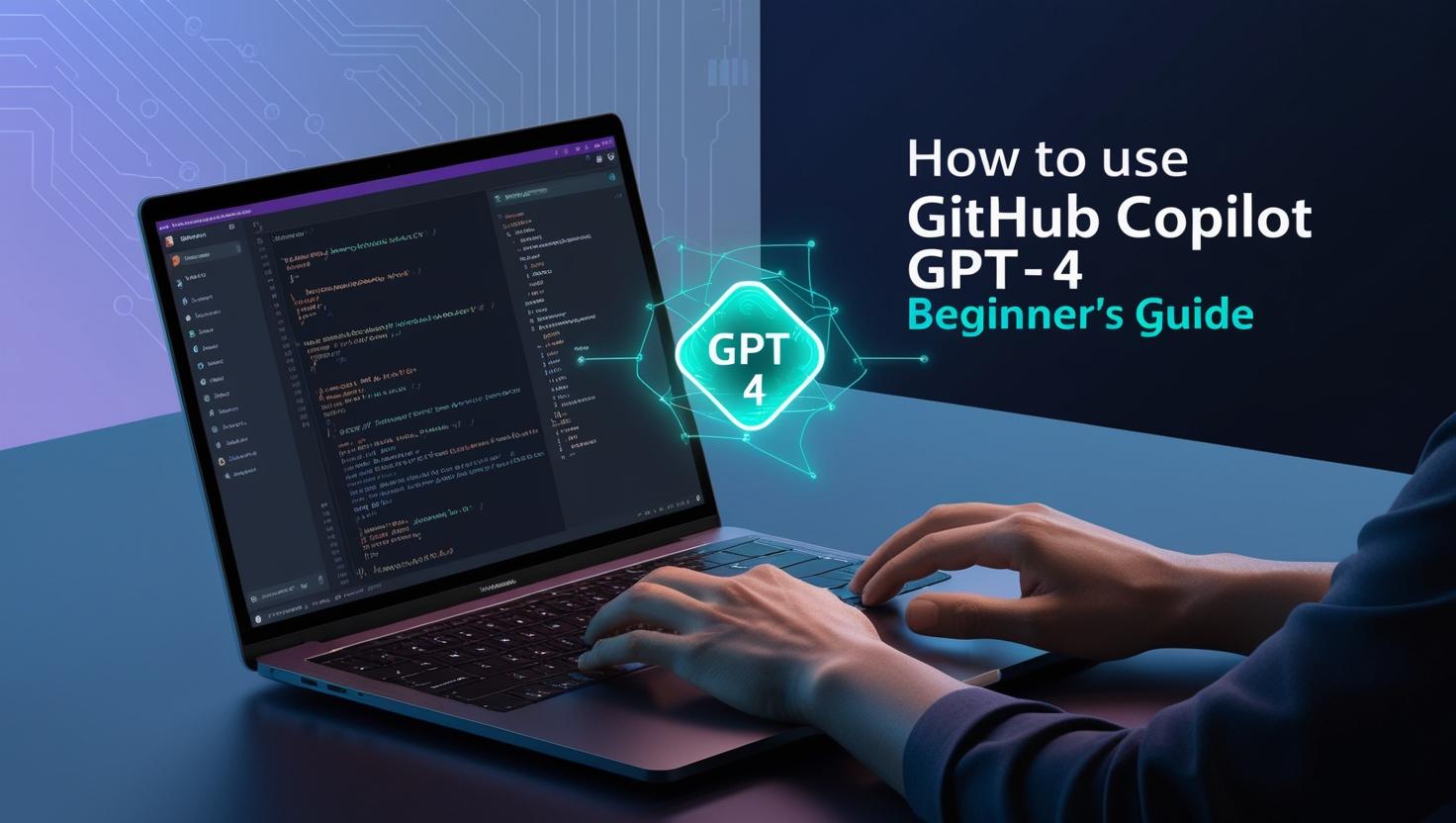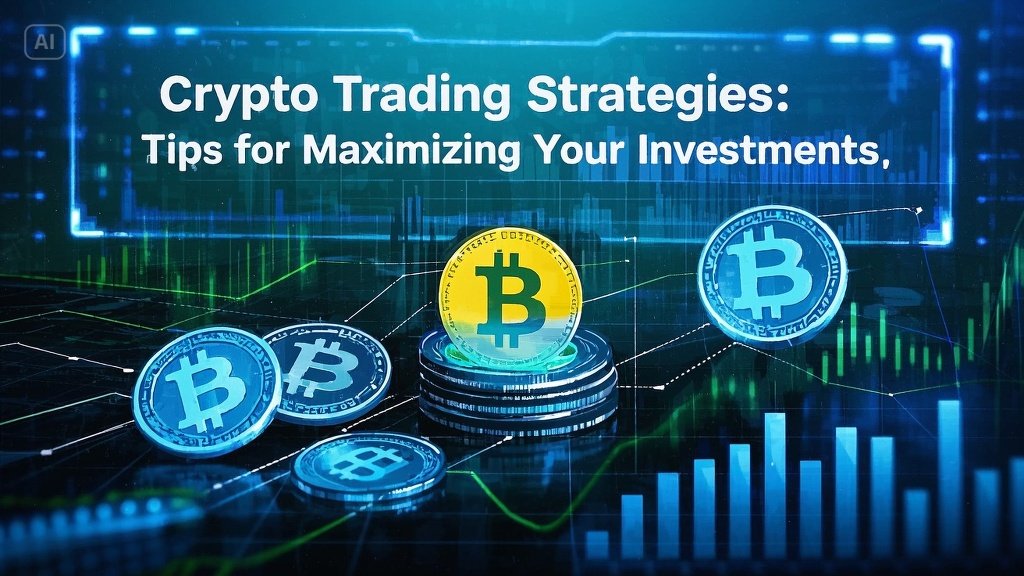Introduction
From algorithm-driven symphonies to AI-generated paintings selling for millions, artificial intelligence is reshaping the creative landscape. AI in music and art is no longer a futuristic concept—it’s here, challenging traditional notions of ingenuity. Tools like OpenAI’s Jukedeck and DALL-E 3 are empowering artists and musicians to push boundaries, while sparking debates: Can machines truly be creative, or are they just advanced tools? This post dives into AI’s role in composing music, crafting visual art, and collaborating with humans, backed by real-world examples and insights from industry leaders.
AI in Music: Revolutionizing Composition
AI is harmonizing with musicians to create everything from pop hits to film scores. Here’s how:
- Algorithmic Hits: In 2023, an AI-composed song mimicking Drake and The Weeknd, Heart on My Sleeve, went viral, amassing 15 million TikTok plays before being pulled over copyright disputes.
- Collaborative Tools: Platforms like AIVA and Amper Music let artists generate royalty-free tracks in minutes. Over 30% of indie game developers now use AI tools for soundtracks, per a 2024 Billboard report.
- Live Performance: Google’s Magenta project partnered with artists like YACHT to co-create the AI-assisted album Chain Tripping, blending human lyrics with machine-generated melodies.
Critics argue AI lacks emotional depth, but proponents highlight efficiency. Grammy-winning producer Alex Da Kid uses LANDR’s AI mastering to cut production time by 40%.
AI in Art: Beyond Traditional Creativity
AI-generated art is stirring both awe and controversy in galleries and online:
- The $432,000 Algorithm: In 2018, Christie’s auctioned Portrait of Edmond de Belamy, created by Paris-based collective Obvious using GANs (Generative Adversarial Networks). It sold for 45x its estimate, igniting debates about authorship.
- Democratizing Design: Tools like MidJourney and Stable Diffusion enable anyone to generate hyper-realistic images via text prompts. Over 34 million users created 15 billion images on MidJourney in 2023 alone.
- Ethical Dilemmas: Artists like Karla Ortiz sued Stability AI for scraping copyrighted works to train models, raising questions about intellectual property.
While some dismiss AI art as “prompt engineering,” projects like Refik Anadol’s Machine Hallucinations—data-driven installations featured at MoMA—prove its potential to evoke emotion.
The Future of Creativity: Human-AI Collaboration
The next frontier isn’t AI replacing humans—it’s enhancing their creativity:
- Hybrid Workflows: Adobe Firefly integrates with Photoshop to let designers brainstorm ideas faster. 62% of creatives in a 2024 Adobe survey said AI tools boosted their productivity.
- Education: Berklee College of Music offers courses on AI in songwriting, emphasizing ethical use.
- Customizable Solutions: Startups like Endel create AI-powered soundscapes tailored to listeners’ biometric data, merging tech with wellness.
Experts predict the global AI art market will hit $13.4 billion by 2030 (Grand View Research), driven by demand in advertising and gaming.
Conclusion
AI in music and art isn’t a threat—it’s a catalyst. While debates over authenticity persist, the fusion of human intuition and machine efficiency is unlocking unprecedented creative possibilities. As artist Holly Herndon puts it: “AI is my collaborator, not my competitor.”
Ready to explore AI’s creative potential? Experiment with tools like ChatGPT for lyrics or Runway ML for art, and join the conversation on The ProTec Blog’s forum.
Sources:
Embrace the future. Create fearlessly.
